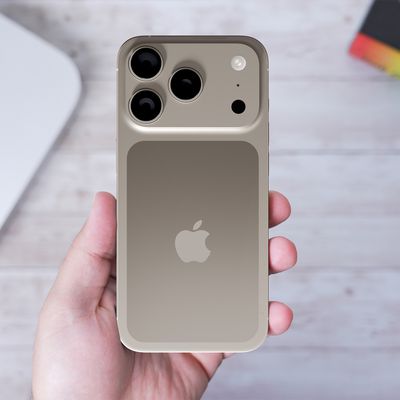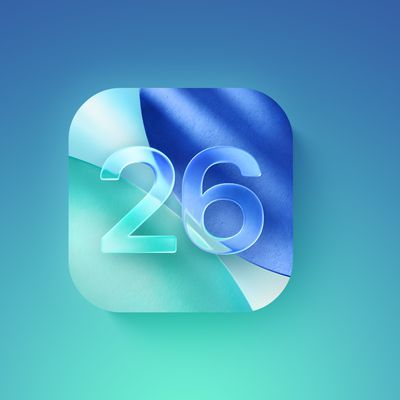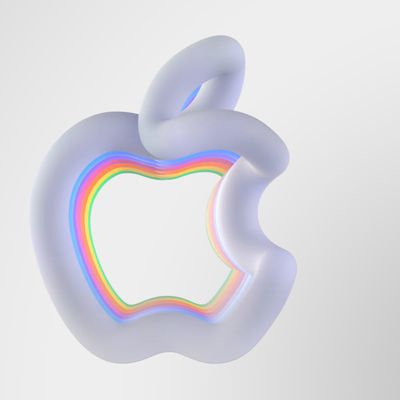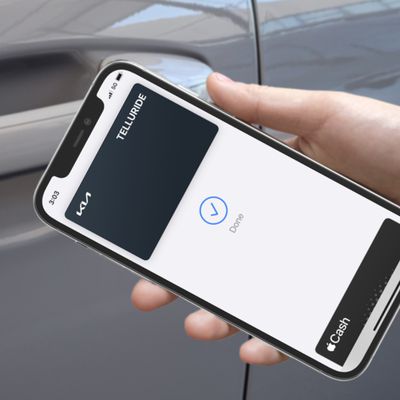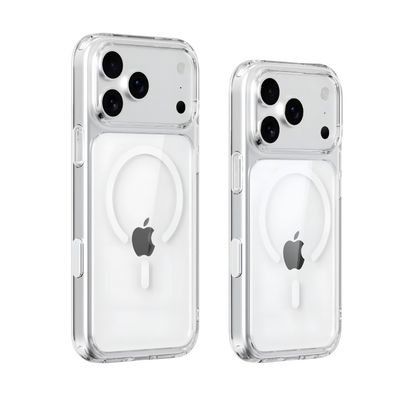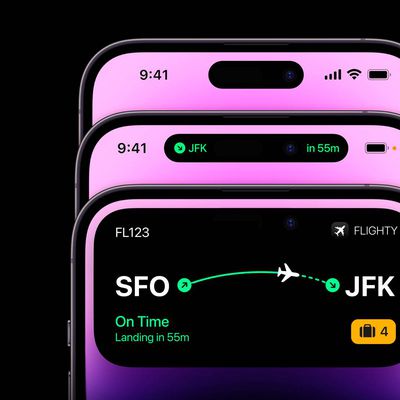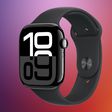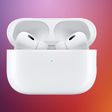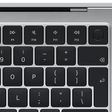In September 2020, Apple updated its popular Apple Watch lineup, introducing an entirely new model of Apple Watch: the Apple Watch SE. This new model offers many of the Apple Watch features that have made the device so popular over the years, but at a much more competitive price starting at $279. As an even lower-cost option, Apple continues to sell the Apple Watch Series 3, which first arrived in 2017, for $199.
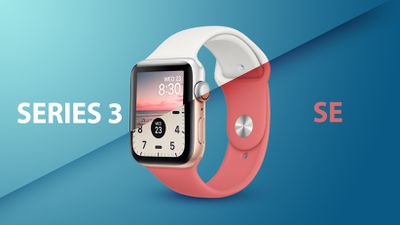
As these two models composite the lower-cost Apple Watch offerings and share many features, including a Retina Display, water resistance, and an optical heart sensor, it may not be immediately clear which model is better for you. Is it worth purchasing the older, cheaper Series 3 to save some money? Our guide helps you to decide which of these two Apple Watch models is best for you.
Comparing the Apple Watch SE and the Apple Watch Series 3
Many of the features of these two lower-cost Apple Watch models are the same. Apple lists these identical features of the two models:
Similarities
- Retina OLED display, with brightness of 1,000 nits
- Dual-core processor
- Optical heart sensor
- High and low heart rate, and irregular heart rythmn notifications
- Emergency SOS
- Water resistance up to 50 meters; "swimproof"
- 18-hour "all-day" battery life
Apple's breakdown shows that the two models share a large number of features. Even so, there are meaningful differences between the Apple Watch Series SE and the Apple Watch Series 3 that are worth highlighting, such as display size, Fall Detection, and the always-on altimeter.
Differences
Apple Watch SE
- 44mm or 40mm case size
- 30 percent larger Retina LTPO OLED display, 1,000 nits
- GPS and GPS + Cellular models
- S5 SiP with 64‑bit dual-core processor; W3 wireless chip
- Digital Crown with haptic feedback
- International Emergency Calling, Emergency SOS, Fall Detection and noise monitoring
- 4G LTE and UMTS, Wi‑Fi and Bluetooth 5.0
- GPS/GNSS, compass and always-on altimeter
- 50 percent louder speaker; built-in mic
- 32GB storage capacity
Apple Watch Series 3
- 42mm or 38mm case size
- Second-generation Retina OLED display, 1,000 nits
- GPS model
- S3 SiP with dual-core processor; W2 wireless chip
- Digital Crown
- Wi‑Fi and Bluetooth 4.2
- Altimeter
- Built-in speaker and mic
- 8GB storage capacity
Read on for a closer look at each of these aspects, and see exactly what the Apple Watch SE and Apple Watch Series 3 have to offer.
Displays
Both the Apple Watch SE and the Apple Watch Series 3 have Retina displays with a brightness of 1,000 nits. The Apple Watch SE's display is, however, 30 percent larger than that of the Series 3. This is because the display has thin borders and curved corners. The larger display allows for larger and easier-to-read app icons and fonts, while watch face complications can be more precise and informative. A variety of watch faces are also optimized for the larger display.
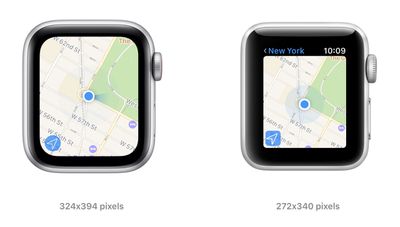
Moreover, the Apple Watch SE's display is an LTPO display, which stands for "low-temperature polycrystalline oxide." This technology allows the device to dynamically change the screen's refresh rate for improved battery life.
The superior display of the Apple Watch SE is among the main reasons to buy the more expensive device. More than anything, the larger display makes the Apple Watch SE feel like a distinctively more modern device than the Apple Watch Series 3, and it adheres to Apple's newer design language with curved corners. The Apple Watch Series 3's screen is practical, if not as attractive as that of the SE, and will be suitable for those new to the Apple Watch. Wherever possible, potential customers should prefer the Apple Watch SE when it comes to the display.
S5 vs. S3 Processor
Both models contain a dual-core processor, but the Apple Watch SE's S5 chip delivers up to two times faster performance than the Apple Watch Series 3. This means the Apple Watch SE can launch apps in as little as half the time it takes on the Apple Watch Series 3.
The S3 chip powers the Apple Watch Series 3. It enables quick launch times and Siri to speak through the built-in speaker. The S5 chip is a 64-bit processor, and being two generations newer than the S3, sees significant performance and efficiency improvements.
The S5 is clearly a much better processor than the S3, but it is worth remembering that for the kinds of tasks performed on the Apple Watch, processing power is not massively important. The S3 will still be perfectly effective for daily tasks, although the S5 is likely to be supported for much longer and handle updates to watchOS more deftly.
When it comes to the processor, you should only consider the Apple Watch SE if you want maximum performance and are concerned about how the chip will cope with updates over time. Otherwise, the Apple Watch Series 3 will be perfectly sufficient.
Health Monitoring
The Apple Watch SE and the Apple Watch Series 3 have an optical heart sensor. This allows both devices to alert you if they detect unusually high or low heart rates or an irregular rhythm, as well as measure your current heart rate.
With the same capabilities to record cardiovascular health, there is no reason to favor the more costly Apple Watch SE when it comes to health monitoring.
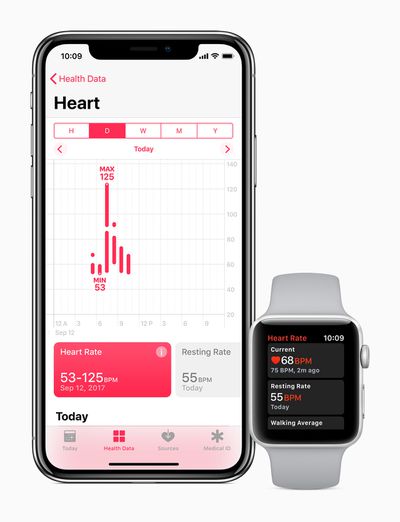
Safety and Emergency
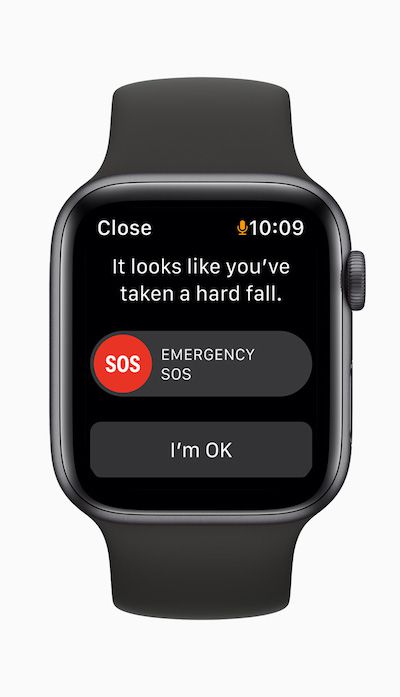 Apple Watches have a number of safety and emergency features. Both models allow you to quickly call for help and alert your emergency contacts if you need to. With the Emergency SOS feature, users can swiftly and easily call for help and alert the emergency services with a push of the side button.
Apple Watches have a number of safety and emergency features. Both models allow you to quickly call for help and alert your emergency contacts if you need to. With the Emergency SOS feature, users can swiftly and easily call for help and alert the emergency services with a push of the side button.
Beyond this, the Apple Watch SE has considerably better safety and emergency features. Only the Apple Watch SE can perform international emergency calling, fall detection, and noise monitoring.
Cellular models of Apple Watch SE can complete international calls to emergency services, regardless of where the device was originally purchased or if the cellular plan has been activated.
Fall detection uses a custom algorithm and the latest accelerometer and gyroscope in the Apple Watch SE to detect when a user falls over. By analyzing wrist trajectory and impact acceleration, the Apple Watch SE sends the user an alert after a hard fall, which can be dismissed or used to initiate a call to emergency services. If the watch senses immobility for approximately 60 seconds after the fall, it will automatically call emergency services and play an audio message that provides the user's location as latitude and longitude coordinates, in addition to sending a message to their emergency contacts.
The Noise app alerts you when decibels reach levels that could damage your hearing. To provide enhanced insights into hearing health, Apple Watch SE uses the latest-generation microphone to measure ambient sound levels in a user's environment. The device can then send a notification if the decibel level of surrounding sound has risen to a point that could cause damage, and users can check noise levels at any time through the Noise app or Noise watch face complication.
Although the Apple Watch Series 3 has the basic Emergency SOS feature, it is clear that the Apple Watch SE pulls ahead regarding safety and emergency features. If international emergency calling, fall detection, and noise monitoring are among your most valued Apple Watch features, then you should get the Apple Watch SE. If you want your Apple Watch to mainly serve as a fitness tracker and for notifications, for example, this will be much less important and the Apple Watch Series 3 will be sufficient.
Storage
Apple Watch SE contains four times more storage than the Apple Watch Series 3, with 32GB instead of just 8GB. If you plan on downloading large amounts of music, podcasts, or photos to your Apple Watch, the Apple Watch SE is a much more convenient option. Generally, storage is not a priority on the Apple Watch, so 8GB will be enough for many users.
Other Technology
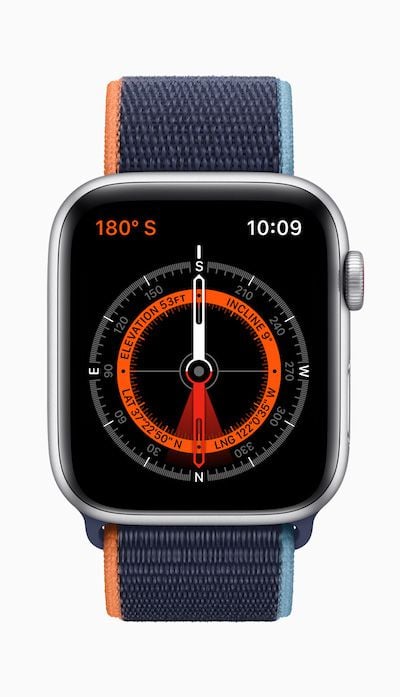 The Apple Watch SE has a next-generation always-on altimeter to provide real-time elevation all of the time by using a new, more power-efficient barometric altimeter, along with GPS and nearby Wi-Fi networks. This allows for the detection of small elevation changes above ground level, up and down to the measurement of 1 foot, and can be shown as a new watch face complication or workout metric.
The Apple Watch SE has a next-generation always-on altimeter to provide real-time elevation all of the time by using a new, more power-efficient barometric altimeter, along with GPS and nearby Wi-Fi networks. This allows for the detection of small elevation changes above ground level, up and down to the measurement of 1 foot, and can be shown as a new watch face complication or workout metric.
The Apple Watch Series 3, on the other hand, also features a barometric altimeter, but it lacks "always-on" functionality and is not as precise. The Series 3 can still use its altimeter to assist with tracking activity, flights climbed, outdoor workouts, and elevation gain.
Only the Apple Watch SE has a compass to provide users with better directions and compass headings, in addition to incline, latitude, and longitude. For activities like hiking or climbing, the Apple Watch SE has a lot more to offer.
The Apple Watch SE also features the latest second-generation speaker and microphone, which are optimized for better sound quality for phone calls, Siri, and Walkie-Talkie, along with Bluetooth 5.0. Comparatively, the Apple Watch Series 3 contains the earlier first-generation speaker and microphone, and Bluetooth 4.2.
In addition, the Apple Watch SE has a Digital Crown with haptic feedback, which generates incremental clicks with a mechanical feel as it is rotated. The Apple Watch Series 3's Digital Crown offers no haptic feedback, and simply spins as needed.
Design
While the two Apple Watches may superficially appear to look quite similar, there are in fact a large number of differences in terms of design. The casing of the Apple Watch SE has a more refined design than Apple Watch Series 3, with an inset side button and completely different placement for microphones and speakers.
Most strikingly, the Apple Watch SE is 0.7mm thinner than the Apple Watch Series 3. Although this may seem like a small difference, the Apple Watch SE's redesigned casing and more gentle curves make it look considerably thinner than the Series 3. The Apple Watch Series 3 is up to about five grams lighter, however.
Despite having different case sizes of 44mm or 40mm, and 42mm or 38mm, both the Apple Watch SE and the Apple Watch Series 3 support the same band sizes.
The Apple Watch SE is available in Silver, Space Gray, and Gold, while the Apple Watch Series 3 is only available in Silver and Space Gray.
If you want a thinner, more modern design, or simply the gold color option, you should consider the Apple Watch SE. If thickness is not a priority for you, the Apple Watch Series 3 may be more appropriate, and it will still work with bands for later models.
Cellular
Only the Apple Watch SE is available with cellular connectivity from Apple. If you are planning to add an Apple Watch to your iPhone's cellular plan, you will need to get the Apple Watch SE with cellular for it to work.
Apple originally sold cellular versions of the Apple Watch Series 3, but has since discontinued them. Now, the only lower-cost Apple Watch with cellular option from Apple is the Apple Watch SE. You may, however, be able to find a cellular Apple Watch Series 3 for sale via a third-party reseller.
Family Setup
The Apple Watch SE is compatible with a new feature called "Family Setup" in watchOS 7. Family Setup allows family members who do not have an iPhone, which is otherwise needed to be paired with the device, to have an Apple Watch. Apple has implemented a number of features to make Apple Watch more suitable for kids or older adults, such as "Schooltime," to help children stay focused while in the classroom, or a simplified configuration process for older people.
If you are planning to use Family Setup, you will have to get the Apple Watch SE, as it is not available with the Apple Watch Series 3.
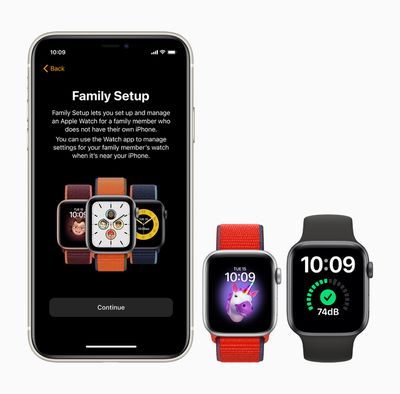
Other Apple Watch Options
Apple also offers the Apple Watch Series 7. If you are willing to pay a premium for more features, you may want to consider the Apple Watch Series 7, which starts at $399. This device comes with a range of advanced features such as an always-on display, a faster S7 chip, and the ability to take ECGs and monitor blood oxygen levels. The Apple Watch Series 7 also offers a variety of unique color options, including (PRODUCT)RED and Blue, and finishes, such as stainless steel or titanium.
If you were already siding with the Apple Watch SE, it may be worth exploring the more premium Apple Watch Series 7, which also has a larger display due to reduced borders. If you are looking for the cheapest possible Apple Watch, then the Series 7 will not be suitable.

Final Thoughts
Overall, the Apple Watch SE is a device that has a lot more to offer than the Apple Watch Series 3 across the board. If you can afford to spend the additional $80, you will get a wearable that feels considerably more modern and developed, with a host of additional features.
If you are new to the Apple Watch or only have basic needs, the Apple Watch Series 3 allows you to get a capable device for the lowest possible price.
That being said, it is vital to remember that the Apple Watch Series 3 is now a fairly old device. Apple Watch Series 3 is the oldest device to support watchOS 8, which means that it will be the next Apple Watch to lose support for new operating systems. If you plan to keep your Apple Watch for some years, you should probably not get the Apple Watch Series 3, since you would be buying a device that is already four years old, and will likely not fare well in terms of support for future updates and software features.
For the overwhelming majority of people, the Apple Watch SE will be the best choice. You should only get the Apple Watch Series 3 if cost is a pressing priority, or perhaps if it is an introductory Apple Watch for a child or an older person. With a mind to the multitude of features that the SE offers over the older Series 3, the additional $80 for the Apple Watch SE is certainly worth it.


